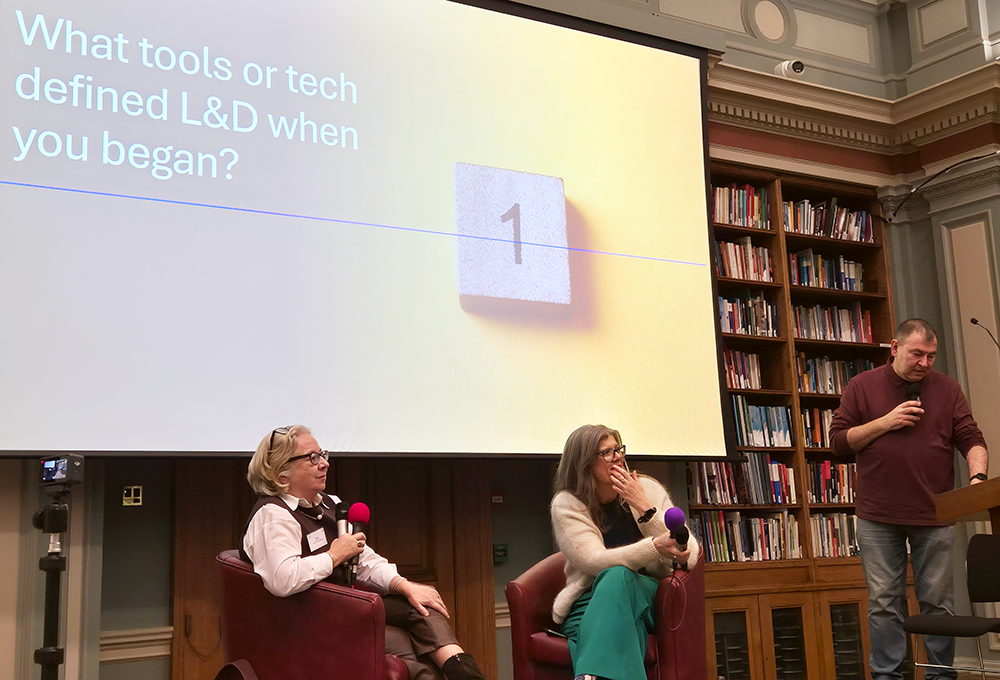Kritika Pandey takes aim at leadership and culture change.
No change happens in a day. All business entities experience periods of much-needed culture changes that enable them to grow, compete effectively and win. Improving the culture of a company requires a lot of focus, consistency, and accountability.
For success, change must start from the top – all the way from the CEO to C-suite managers to employees. Without the blessings of the senior leaders, all efforts to effect change and achieve the desired culture will fail terribly.
You need first to fully understand company culture and be able to implement culture change. That means, as the change manager, you have to get in touch with the company’s interior, its belief systems, core values, and most importantly, ways of being.
Your organisational culture is akin to your employee’s mindset.
For you to succeed, you must create an experience that will instill the core beliefs to your team. Otherwise faking your way through the bandwagon of culture change will not achieve any results. You need to be sincere and honest in your efforts at exhibiting a true passion for change.
Besides, you must be ready to understand three essential culture change skills that will help you drive change through your organisation:
Understand human dynamics
Human nature is highly complicated. Employees have both exterior and interior faces. Our thought processes, and our feelings produce certain behaviours that lead to certain actions.
And, that is exactly how organisations are constituted. There is the culture element – the intangible, subtle and hidden sanctums (the interior) of your company that guides how people think within the context of the organisation.
So what is organisational culture?
Culture is the organisation’s perspective as a whole. It is a way of being. In a more casual way, it’s the organisation’s ‘overall vibe’. Culture also shapes the way the exterior – the behaviour, systems, structure, technology and generally the processes that run the organisation. In other words, your organisational culture is akin to your employee’s mindset.
What you need before affecting the culture change in your organisation
If you really want to change your organisational culture, you must be ready to take a deep dive to the dead ends. First things first: Start by yourself. You need to understand your own mindset before you try to alter your employees’ mindsets.
Ask yourself questions like – ‘Do I really sufficiently understand the mindset, motivations and emotions of human beings?’ ‘Do I understand how it all works from the inside out?’
Again, as a culture change leader, you need to do a lot of introspection for you to be culture-aware. So, take your time. Learn the mechanisms and workings of your ego. Focus on your values, core beliefs and any other assumptions (biased or not) that drive your behaviour patterns.
The truth is, the more you understand both the interior and exterior persona, the more you will able to understand your employees. The culture of your organisation is evidenced by exterior aspects of your company. But the truth is, your people (employees) make the heart of the culture.
The bottom line is that culture doesn’t change without people. But,for you to support others to undergo their own personal change, you need first to have deep knowledge in your own personal development.
Put your focus on the people
For you to manage change, you can’t choose between being a ‘people person’ or not. It’s a requirement. Your employees have a pulse. That means both you (change leader) and your employees make the pulse of your organisation.
Unfortunately, many leaders tend to view their organisations through the lens of machines whose software can easily be updated in case there are new changes. That is heinously wrong. Instead, they need to see them as living, human systems that once you remove them, you won’t be able to make substantial achievements.
As a cultural leader you need to understand people’s lives, truly value them, understand their fears, motivations – and most importantly their unique spirit.
Every company needs people. Every culture leader should know that people make the soul of their organisations. That means if you are a culture agent or culture leader, you have to be the ‘people’s guy’.
Apart from the bringing in new technology and different ways of doing things, as a cultural leader you need to understand people’s lives, truly value them, understand their fears, motivations – and most importantly their unique spirit.
This doesn’t mean you shouldn’t have tangible, practical actions. All it means is: you need to put people on the first line. And one of the easiest practices of making cultural change happen includes business process, shifting systems, reporting structures, hiring practices or job descriptions.
The bottom line is, you must focus on shifting the mindset and behaviour of your employees. The thing is, assuming a transactional and mechanistic approach to implementing culture change in your organisation might seem to work initially. But, such a highly superficial approach cannot result in sustainable change.
See through a process lens
You need to focus on the ‘how’ for culture change. The truth is, people are critical. And will always be. But, as the person entrusted with the mantle of culture change, you cannot afford to ignore the change process.
The way you do your culture change must show a certain set of cultural norms. For example, if you have been running the organisation for years, you know the kind of culture employees are accustomed to. If you do the change thing in the ‘it is business as normal’ way, your employees are likely to ignore you. Or assume there is nothing significant that’s going to come out of it.
The bottom line is this: for you to see a successful change process, you must embody your desired culture, not the existing company culture.
Conclusion
Managing change in the organisational management is not as easy. It’s harder when you have to change the traditional way of doing things. The truth is, culture change is not a ‘one-month-off –affair’. It takes time to get ingrained into your organisational circles.
Sometimes it can take up to seven years depending on how your organisation is currently entrenched in their way of operating. If you are culture leader, you need to find a way to drive the change message into the hearts of your people.
About the author :
Kritika Pandey is software analyst executive at SoftwareSuggest.



